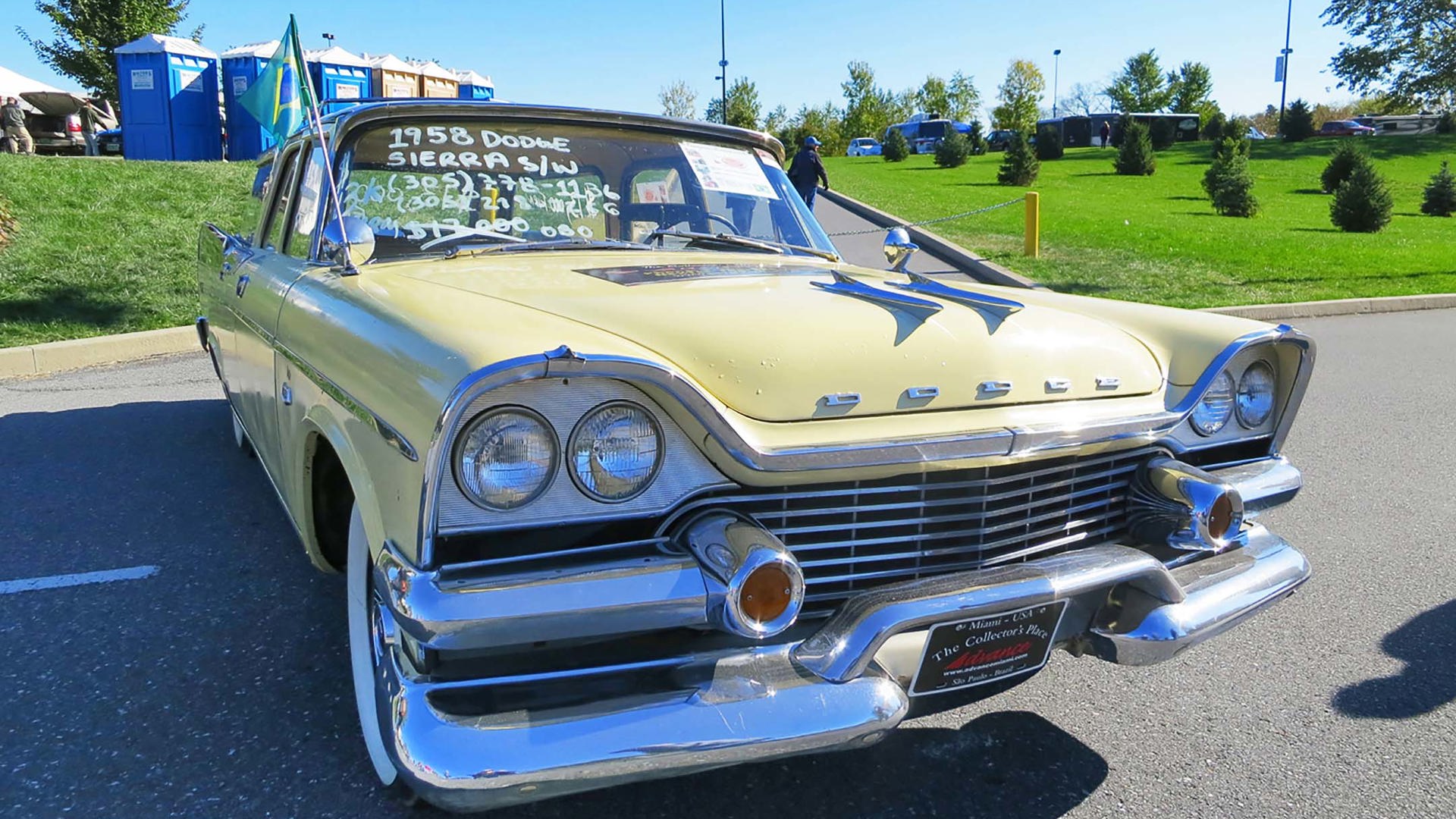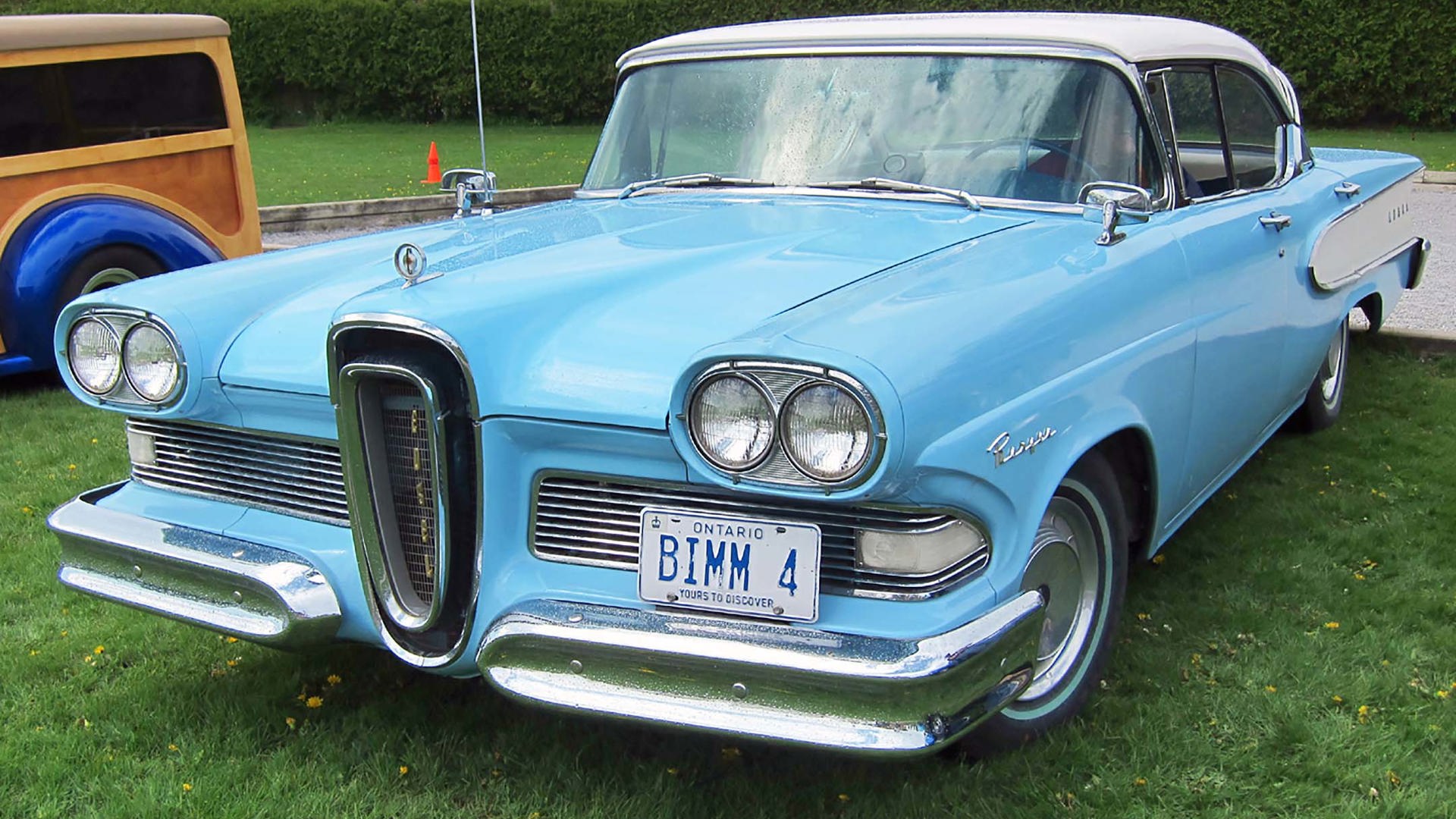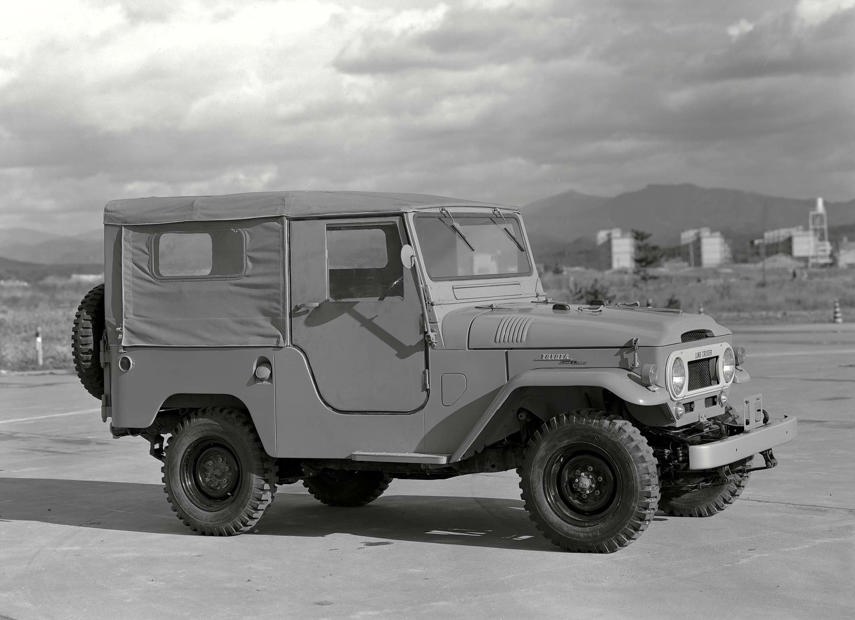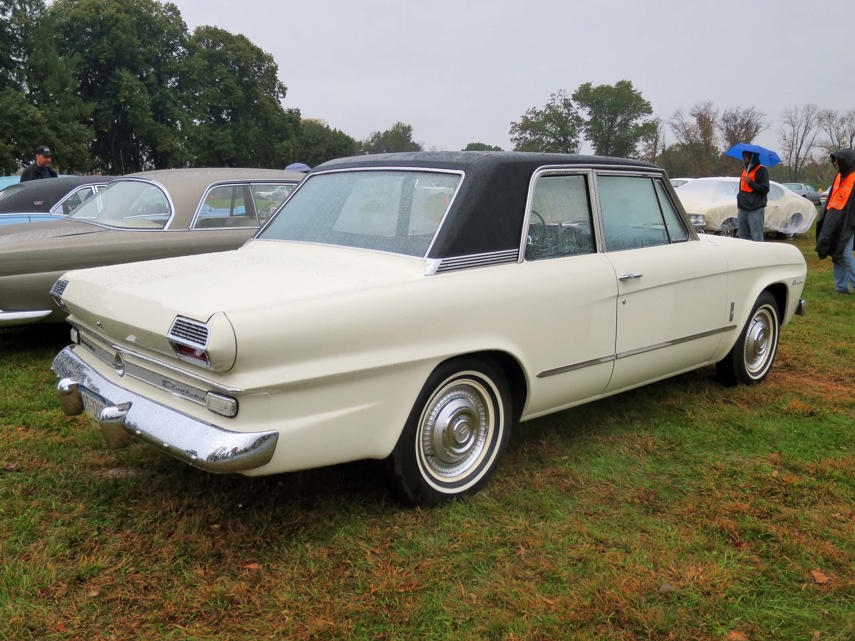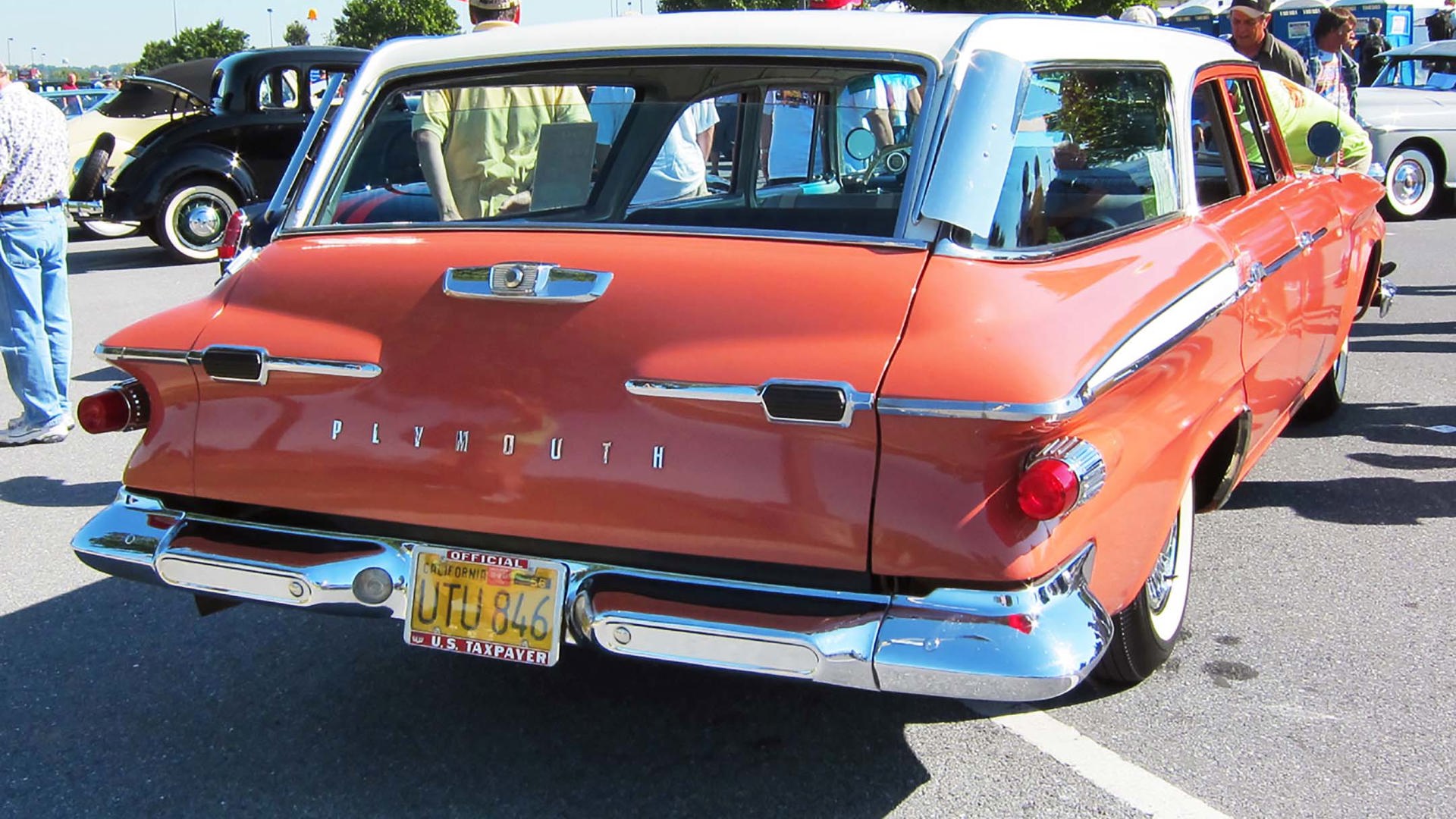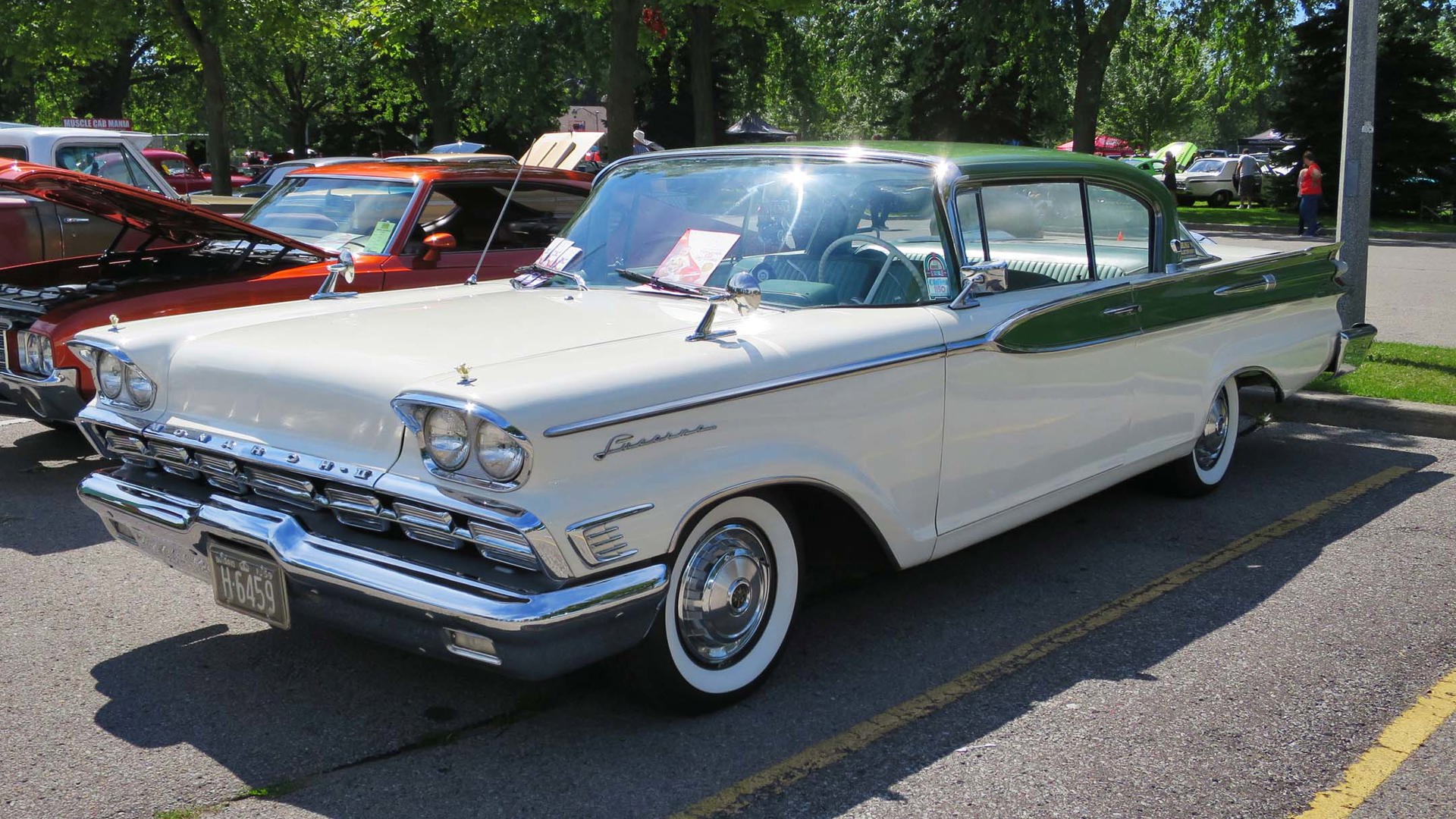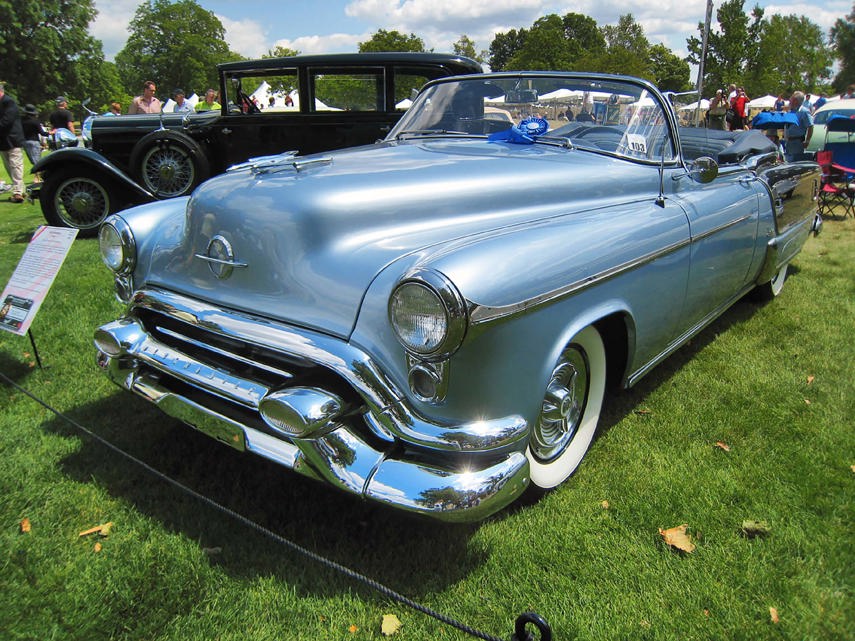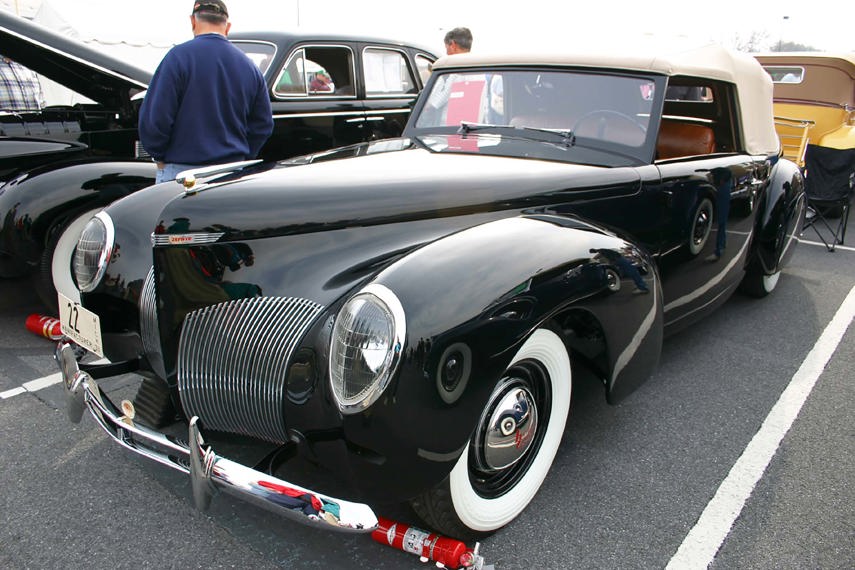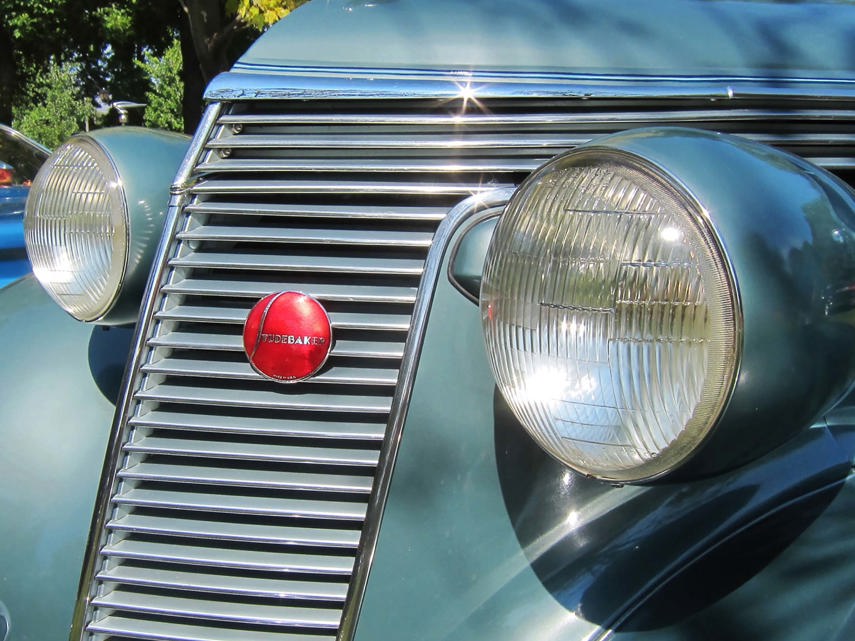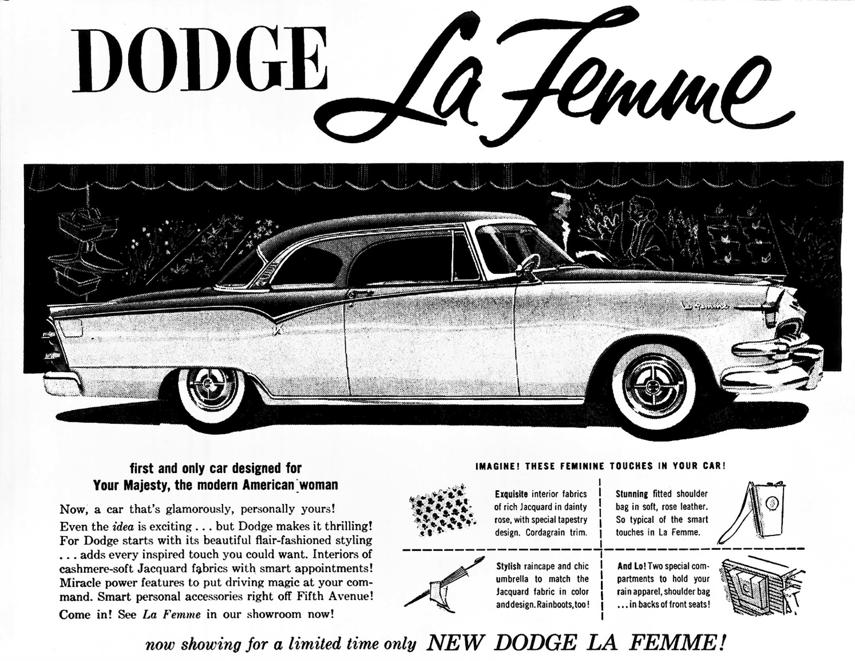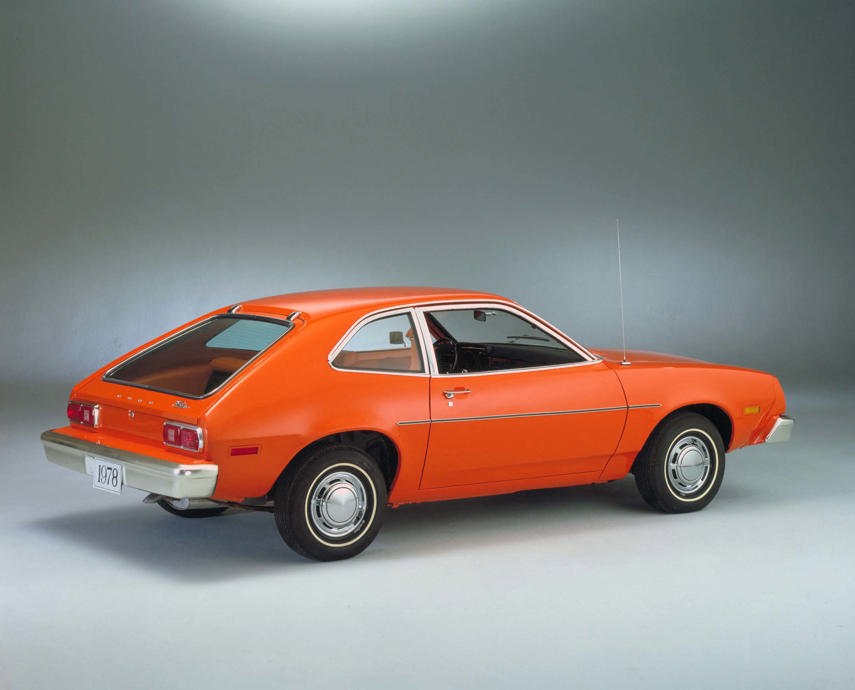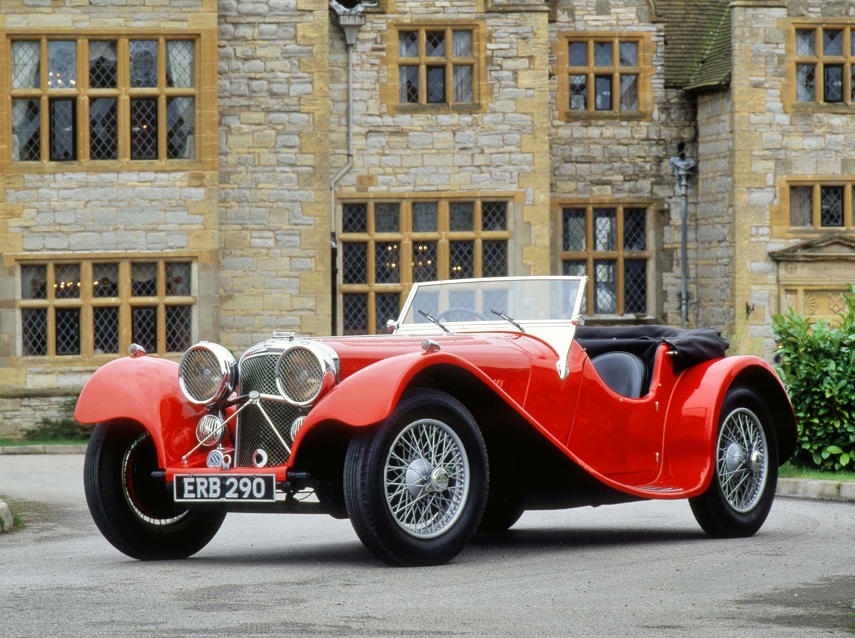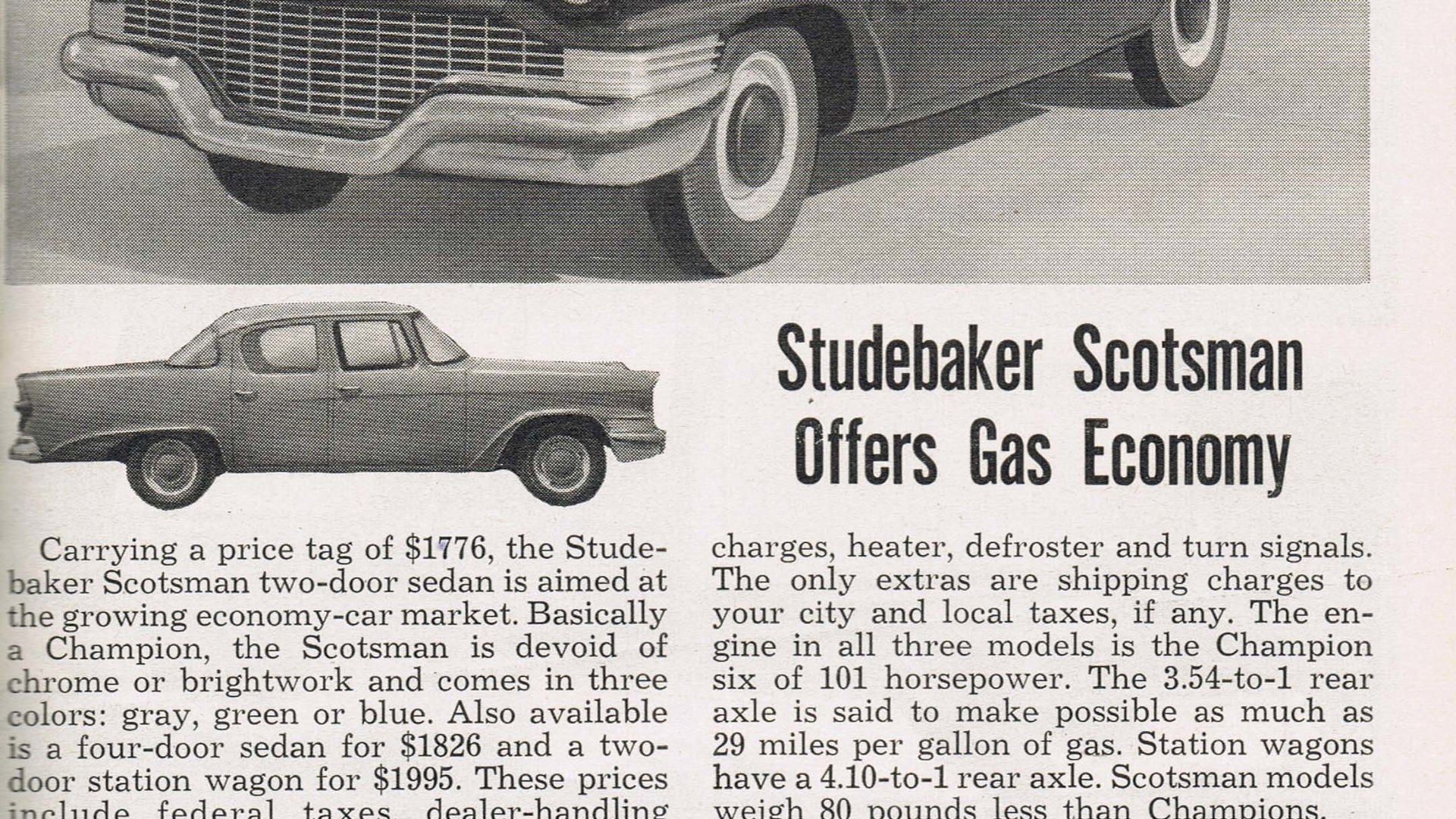Shakespeare famously wrote that a rose by any other name would smell as sweet, but would a car with a different moniker drive any better? Over the years, automakers have thought up thousands of names for their models – and some of them ended up being recycled.
We’ve rounded up a few that you might not realize are on their second (and sometimes third or more) time around.
Ranger
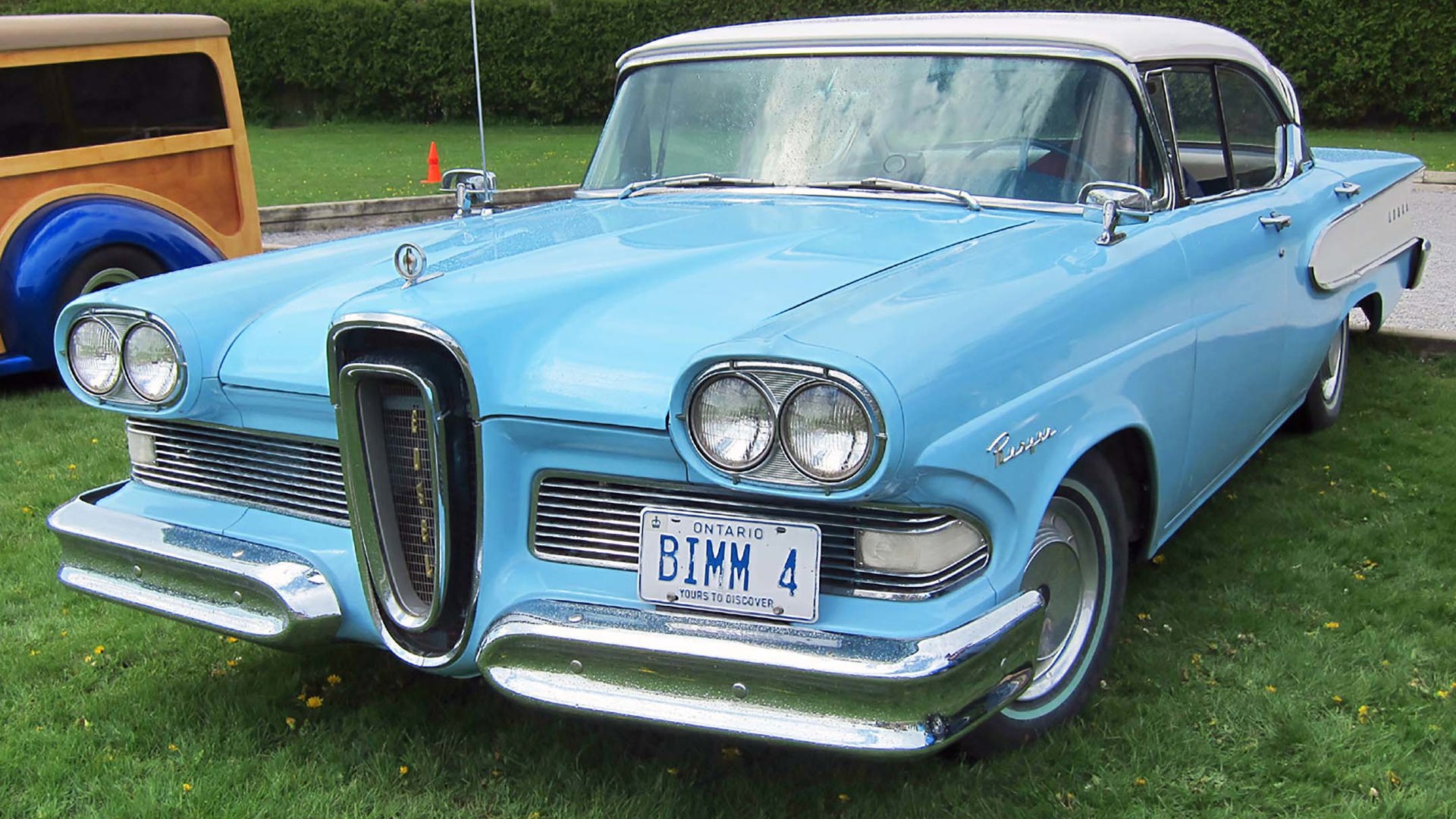
It’s found on Ford’s new mid-size pickup today, but the company has used it a couple of times before. Back in the 1970s, Ranger was a trim level on Ford’s F-100 full-size pickup. You could even get an extra package on it, called the Explorer.
But it was a reused name even then, having been the entry-level trim on Ford’s new Edsel for 1958. The company had great hopes for its Edsel division, but instead, it flopped and lasted only three years.
Other Edsel trim levels included the Pacer, which would eventually be stuck on an ungainly AMC model; Citation, which Chevrolet would later grab; and Corsair, which went on a British Ford shortly afterwards – and will apparently return next year as the new name for the Lincoln MKC.
Land Cruiser
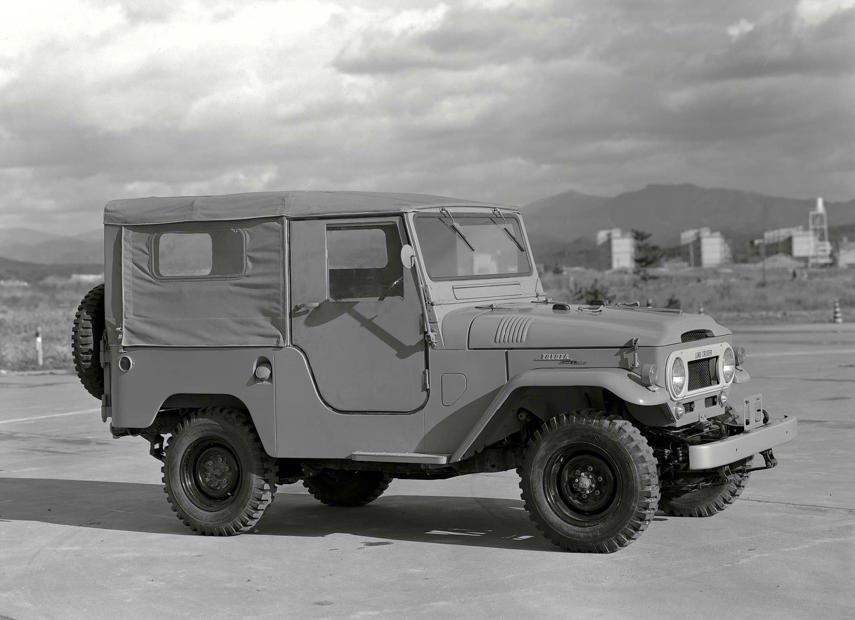
Toyota has long used the Land Cruiser name. It first applied it to a model released in 1955, based on an older truck the company had produced for Japan’s military during the Korean War. That wartime vehicle was initially called the Toyota Jeep – at least until Willys, the American automaker that owned the trademark, made a fuss about it.
But Toyota didn’t hear anything from another American company, Studebaker, which first used the Land Cruiser name on a car in 1934. It showed up on various Studebaker models over the years, the final one in 1954.
Daytona
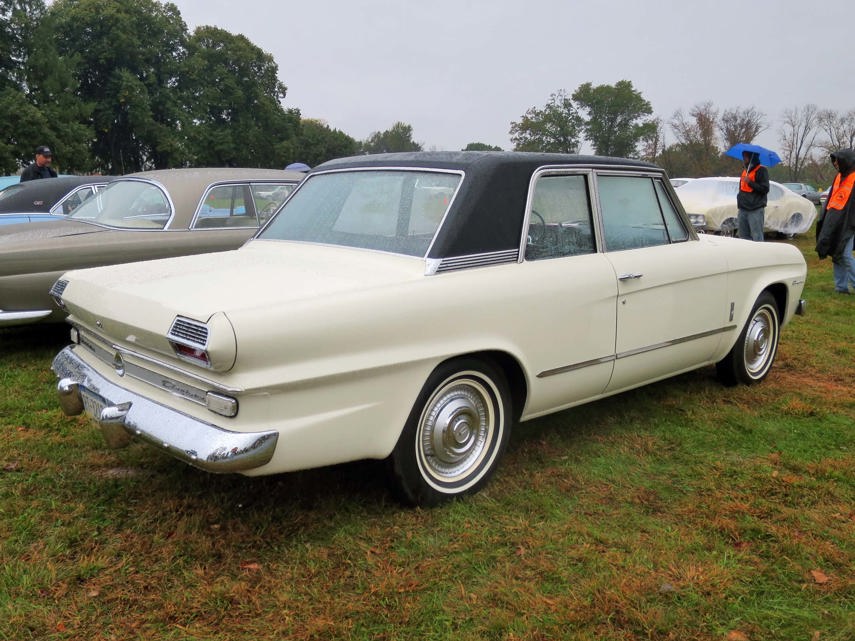
Another Studebaker model was the Daytona, used on a compact car in the 1960s. When it was factory-equipped with a V8 and performance package, it lived up to its racing-style name. But you’re undoubtedly more familiar seeing it linked with Dodge, where it first showed up on the 1969 Charger, and in the 1980s on front-wheel-drive models.
Suburban
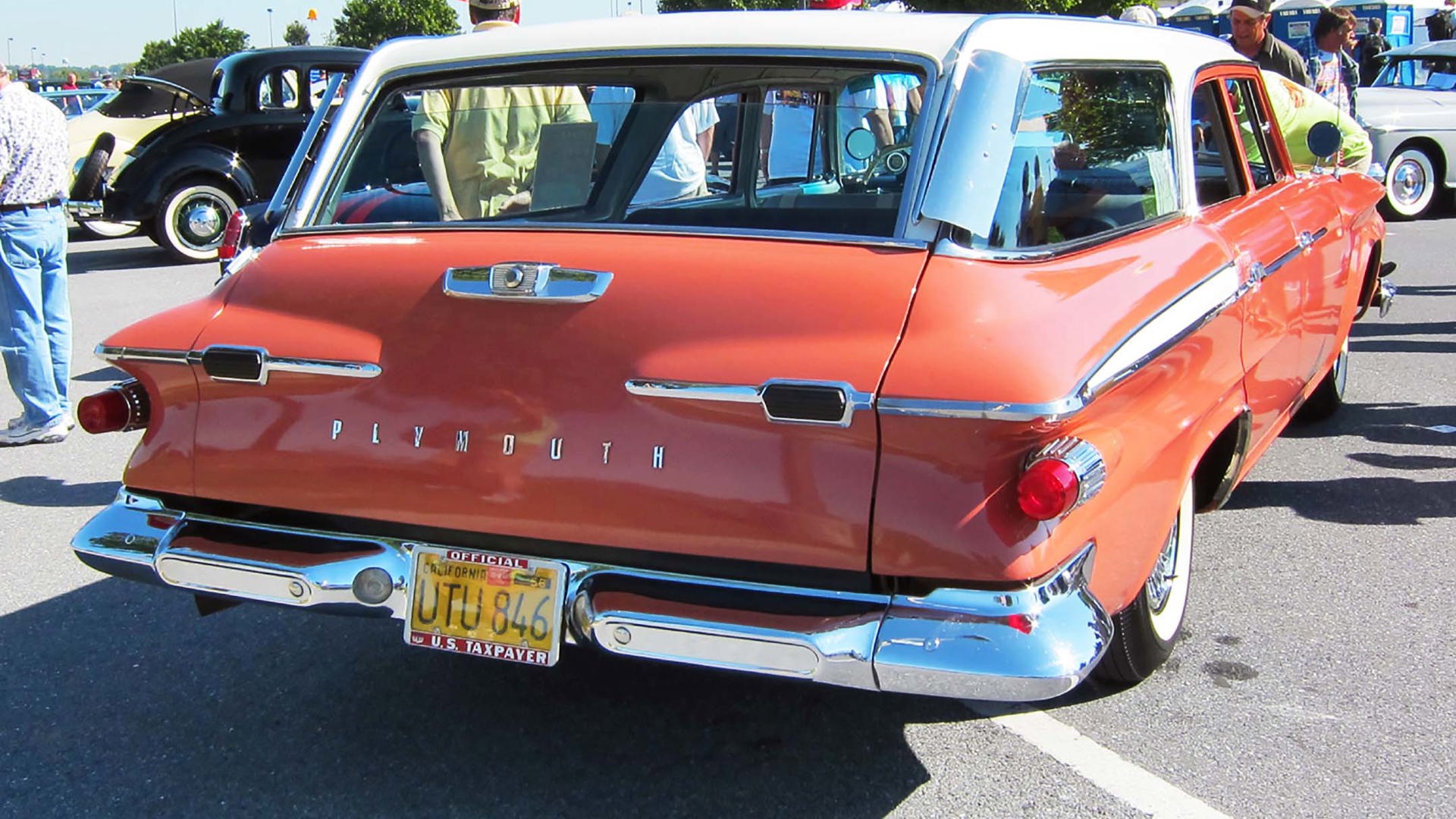
This name appeared on several models – in motoring’s earliest days, it was a generic term referring to a high-end city car. Chevrolet first used it in 1935 on the eight-passenger Carryall Suburban wagon. GMC used the name as well. Then Plymouth stuck it on a wagon in 1949, and finally retired it after its last Fury Suburban wagon of 1978. Once no one else was using the name, GM trademarked it.
Lucerne
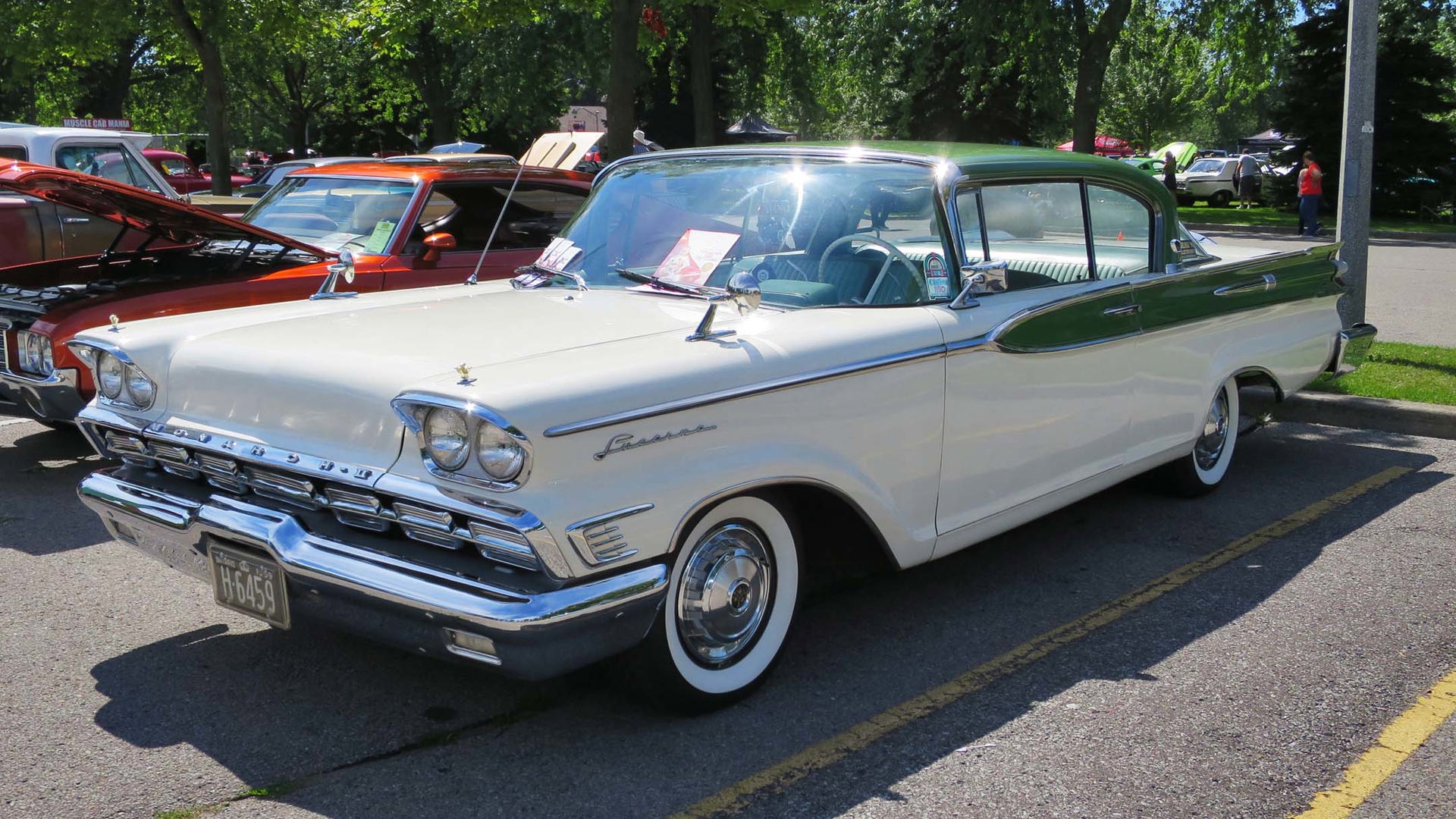
At one time, Canada had a number of vehicles that were only sold here. Most were specially trimmed versions of American cars, produced either to get around high trade tariffs prior to the Canada–United States Auto Pact agreement of 1965, or to provide a wider range of cars for Canadian dealer networks, which were usually set up differently than American ones.
Ford made two brands for Canada: Meteor, an entry-level nameplate for Lincoln-Mercury dealers, and Monarch, a higher-end model for Ford stores. Starting in 1954, Monarch offered a trim called the Lucerne – which GM would pick up fifty years later and stick on a Buick.
Sierra
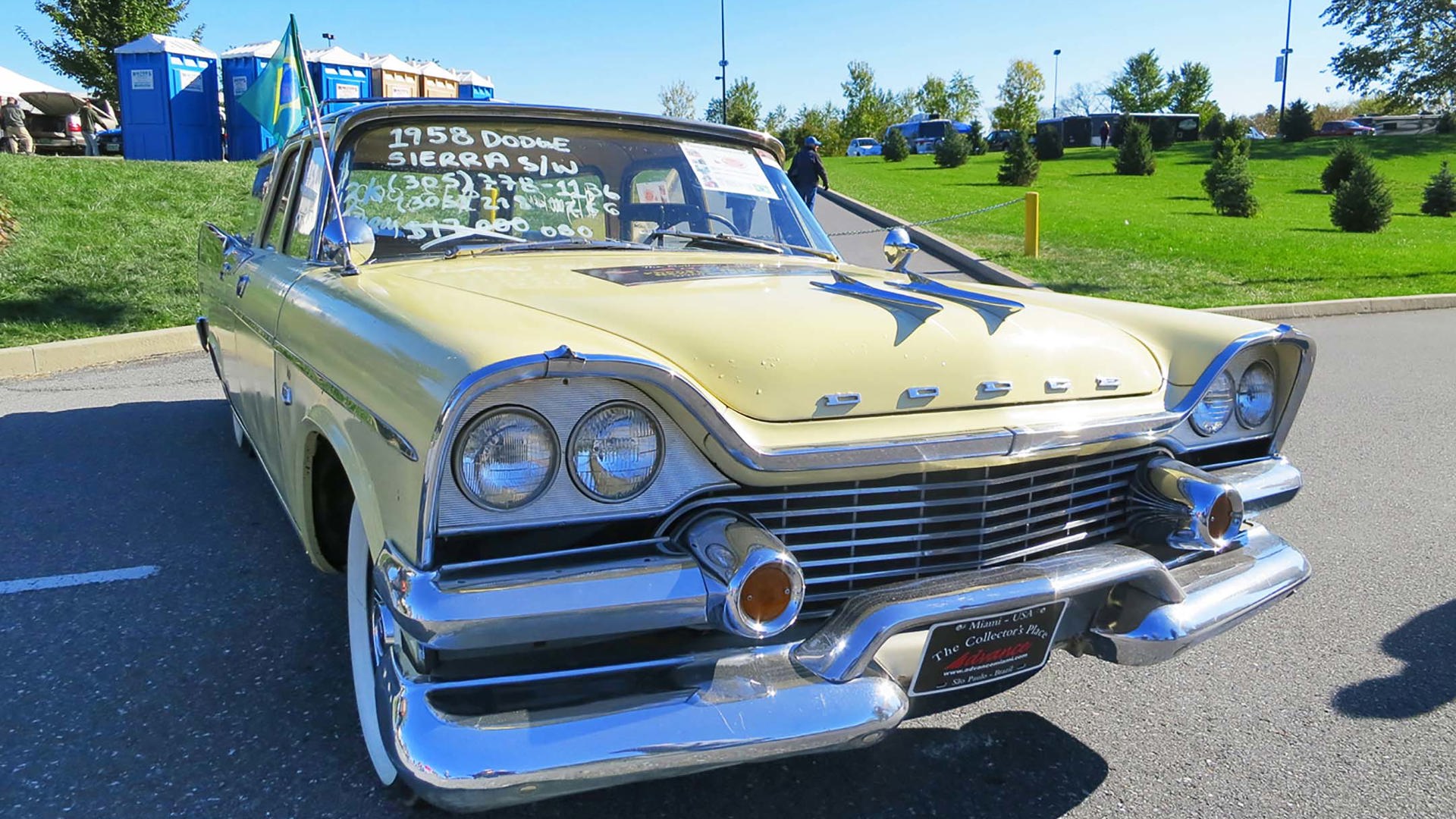
GMC started using the name in the early 1970s as trim levels on its trucks: Sierra Grande, High Sierra, and Sierra Classic. But naming a vehicle for a mountain range was nothing new. In 1950, Dodge did the same. It offered the Coronet station wagon, with a body made partially out of wood, as were most wagons at the time. But it also had an all-steel version, and that was the Sierra. Later on, the Sierra would become the first American station wagon with a rearward-facing third-row seat.
Fiesta
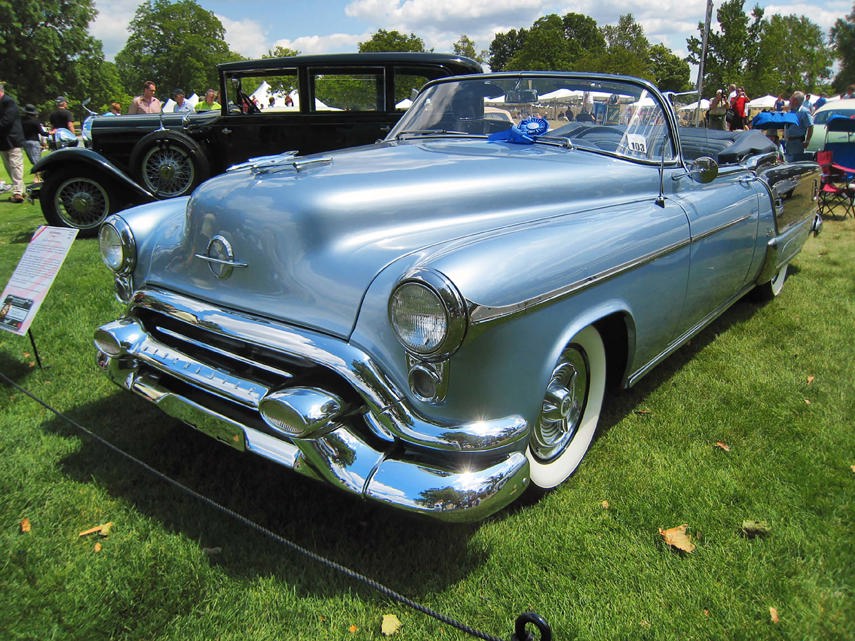
The name belongs to Ford now, but in 1953, GM took its travelling Motorama car show on the road with three all-new, full-size convertibles styled for wow factor: the Cadillac Eldorado, Buick Skylark, and Oldsmobile Fiesta. (Another all-new drop-top, a little number called the Corvette, tagged along too.)
All three went into limited production for 1953, but while the Skylark and Eldorado continued on, the Fiesta convertible lasted only that single year. Oldsmobile subsequently transferred the name to its station wagons.
Zephyr
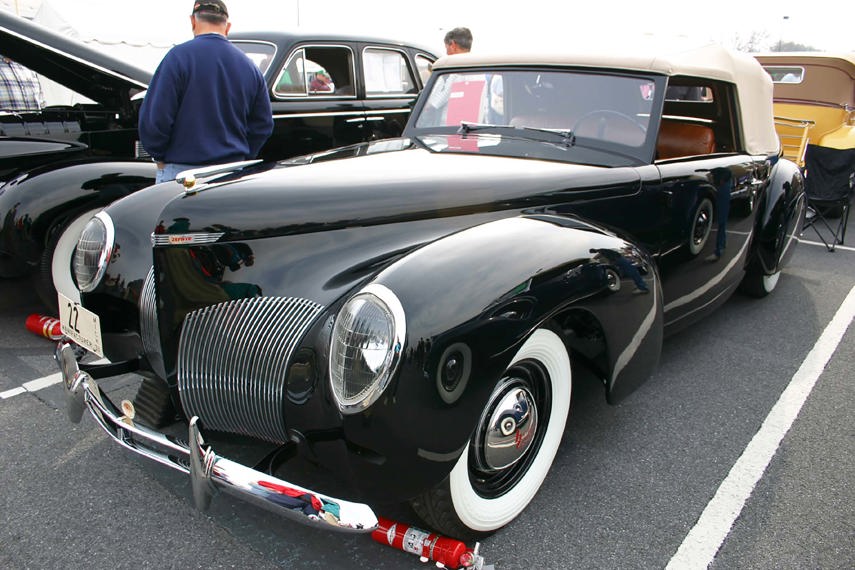
A zephyr is a seasonal westerly breeze, and it blew into Lincoln in 1936 as an entry-level model. Even the tendency for its twelve-cylinder engine to overheat didn’t detract from the gorgeously styled car’s popularity – in fact, that run-hot problem led the stylists to later switch out the car’s narrow, upright grille for a lower and wider design that would be adopted on all Lincoln models.
Lincoln resurrected the name in 2006, for a dolled-up version of the Ford Fusion sedan. But the new Zephyr only breezed through for a year. In 2007 Lincoln adopted letters instead of names, and the Zephyr became the MKZ.
Straight to the trash can, not the recycle bin…
While most names have potential to return, there are a few that – for various reasons – are going to show up in history books and at antique-car shows, and nowhere else.
Top on that list will be Edsel, one of Ford’s most expensive flops. (The company never revealed how much it lost, but it’s believed to be $350 million – almost $3 billion in today’s dollars.) Sadly, it was supposed to be a glorious tribute to Edsel Ford, Henry Ford’s only child, who had died 15 years prior. But it’s not the only non-recyclable name – don’t expect to see these anytime soon either…
Dictator
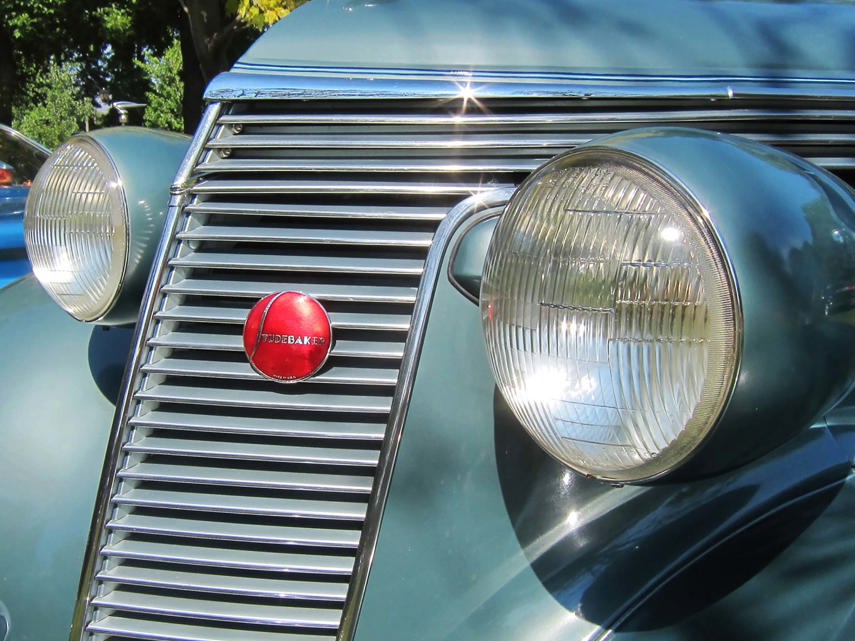
Studebaker first used the Dictator name in 1927, the idea being that it “dictated” what a good car should be. But when a few international political leaders prior to World War II proved that dictators weren’t always a good thing, the name was dropped after the 1937 models.
La Femme
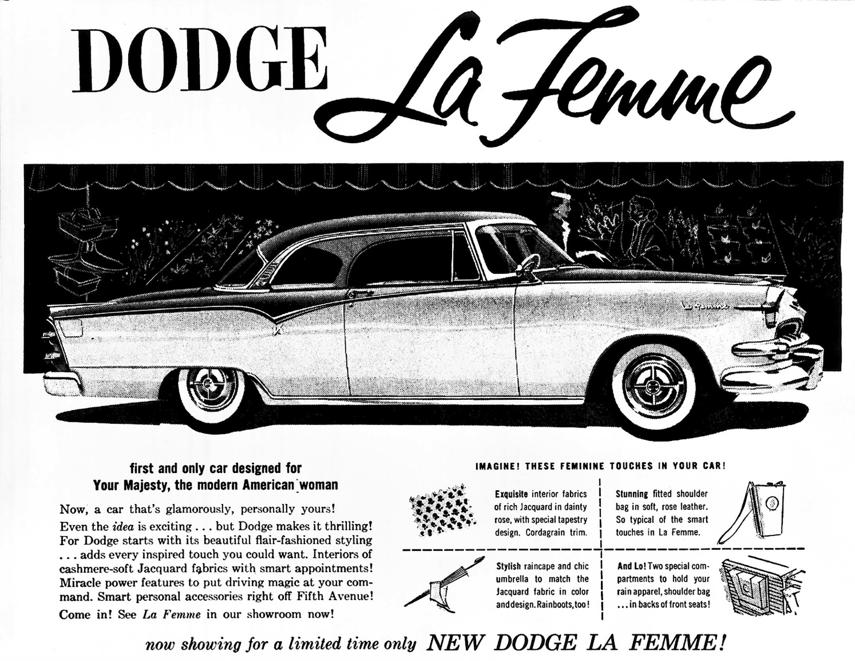
Women have always been car customers, but Dodge proved it had no idea how to sell to them when it introduced the La Femme – starting with advertisements that called it the “first and only car designed for Your Majesty, the modern American woman.”
The cars were painted pink or lavender, and included a colour-matching purse, umbrella, raincoat, rain boots, and rain hat. It definitely rained on Dodge’s parade: The La Femme lasted only two years.
Pinto
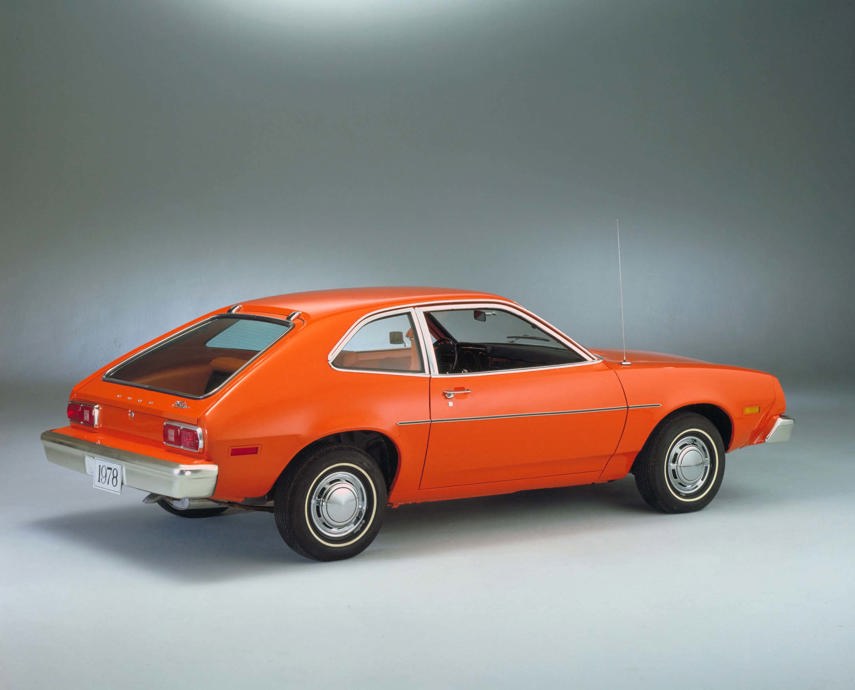
This compact hatchback might have been one of Ford’s best, except that Lee Iacocca, the company’s president at the time, insisted it get to market quickly and not cost more than $2,000. That left no time and money to fix a disastrous flaw discovered during the car’s development.
The fuel tank had been placed behind the rear axle to create more cargo space, but in a rear-end crash, the tank slammed into the axle and ruptured. Several people died in crash-induced fires, and it’s a name that isn’t coming back.
S.S.
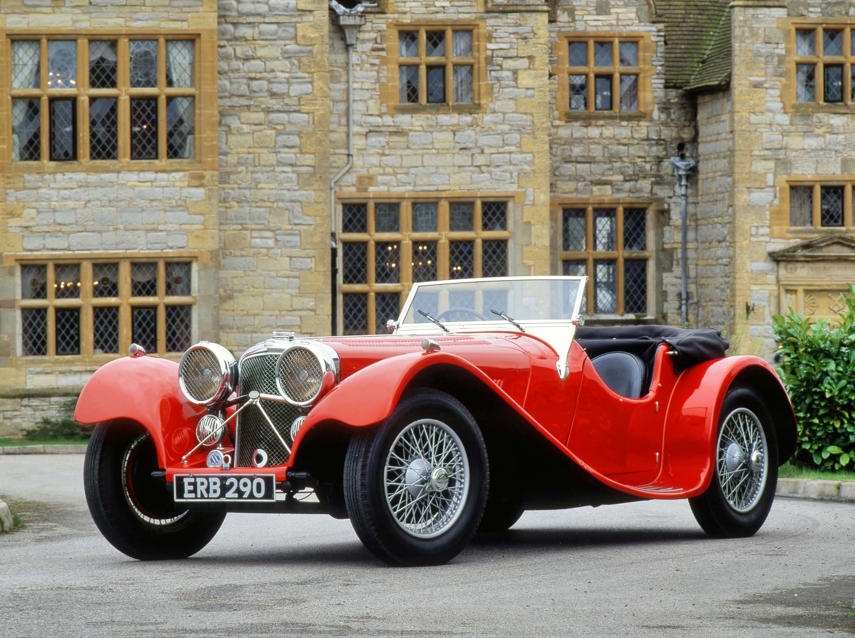
The Swallow Sidecar Company started in Britain in 1922, making sidecars for motorcycles before branching out to build car bodies. It then started making cars of its own under the name S.S. They were very popular, but during the Second World War, Hitler’s SS (Schutzstaffel) troops made the name a liability. The automaker switched to the name of one of its S.S. models – Jaguar.
Scotsman
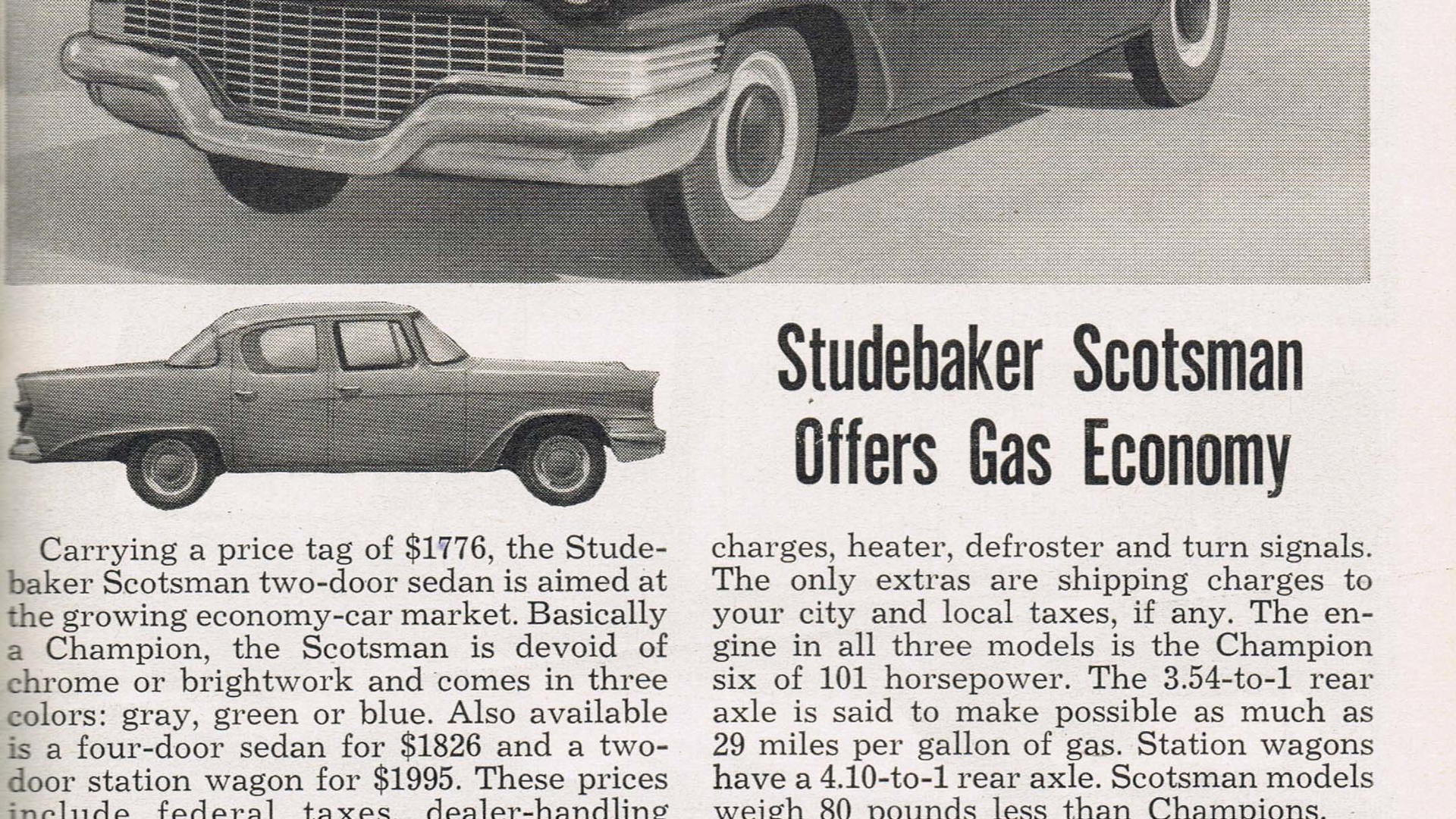
A few companies used the Scotsman name, including Studebaker and Chevrolet. Based on the then-popular stereotype of Scots being cheap – or, as the automakers more delicately put it, “thrifty” – it meant a stripped-down, bare-bones model sold at the lowest possible price. To further drive the point home, the seats were often upholstered in plaid. We say any chance of the Scotsman name coming back was “kilt” long ago.
